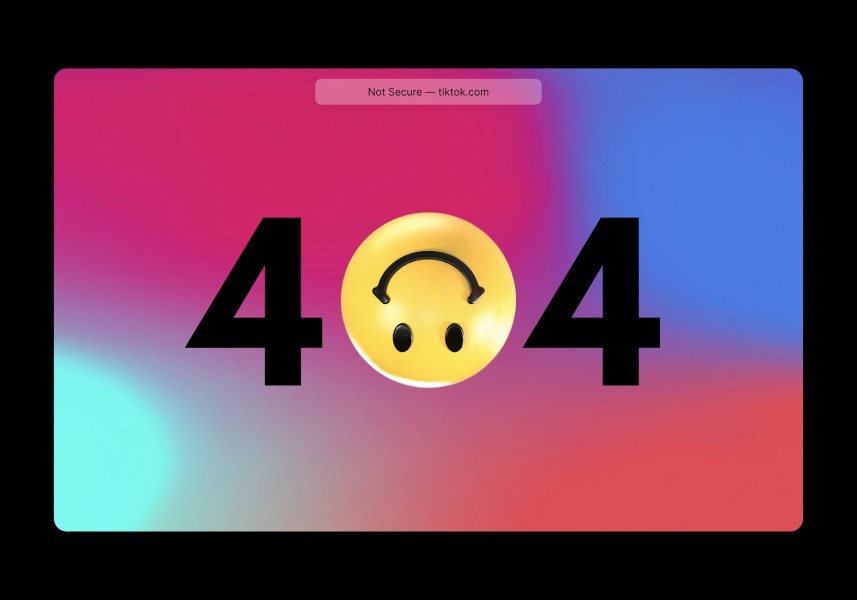- Hiding text from users and only showing it to search engines is a spam technique from the early 00s.
- Underhanded hidden text will get you penalized by Google, potentially deindexing your site.
- There are Google-approved ways to “hide” content like alt-text, drop-down menus, or <noscript> tagging.
- Google sees some hidden text as essential to improve mobile user experiences.
- The SEO benefit of hidden text can result in greater user engagement, increased accessibility, and an increase in crawled pages.
If SEO were a book, then hidden text would be one of the first black hat SEO tricks in it. In the ancient days of the early 00s, Google was already the search engine king, but their ranking algorithm was much less refined. This led to a rise in people trying to game the system and find underhanded means to climb the rankings. That’s where hidden text SEO was born.
What is hidden text SEO?
Google defines hidden text as “text or links in your content used to manipulate Google’s search rankings that can be flagged as deceptive and are a violation of Google’s Webmaster Guidelines.”
One of the most infamous ways people tried to game the search results included taking a list of keywords or content and hiding them on the page. Sometimes they used a script to camouflage the content, but often website owners would simply use black text on a black background or white text on a white background. Some even set the minimum font size to hide the text even further.
Google also identifies the following as hidden text:
- Placing text behind an image
- Using CSS to position text off-screen
- Setting font size to 0
- Hiding links by only linking one small character—for example, linking a hyphen in the middle of a paragraph.
It became apparent that hidden or invisible text never aligned with Google’s goals of providing relevant and helpful content and that it was primarily used to influence SERPs inorganically. So Google quickly put a stop to it.
Google’s stance
What does Google have to say about hidden text SEO today? After all, the times of widespread web pages with font size 1 and lines of keywords have passed.
Google’s webmaster’s manual states: If your site contains black hat hidden text SEO, it can be removed from the Google index, and it will not appear on the search results pages.
It sounds like Google brought down the hammer with a harsh penalty, and it significantly reduced the use of malicious hidden text SEO tactics.
However, not all hidden text is deceptive. You just need to remember that the content needs to serve a purpose to readers. Let us highlight some acceptable and even highly encouraged forms of hidden text SEO that can make your website more accessible, more informative, and more search engine friendly.
How to use SEO-friendly hidden content
Google’s algorithm and website crawlers have developed enough to give website owners a few ways to hide text in a friendly way to users. Essentially, there are legitimate reasons for webmasters to hide text without hiding it from users. Examples include:
- Alt text attribute for images.
- User reviews for products (truncated to roughly 100 characters then hidden with a “Read more.”)
- Transcriptions for videos can be hidden to preserve the size of the page.
- Any noindex page by default – such as back-end pages or members-only content – can be hidden because Google isn’t indexing the page.
- Drop-down text in menus and navigation – Google is primarily concerned with “core body content.”
- Duplicate content with a <noscript> tag, ensuring that the content is identical when Javascript is enabled or disabled in a browser.
These so-called white hat methods of hiding text will not get you flagged by Google for misconduct or decrease the site rating in the SERP, as long as you adhere to some fundamental guidelines.
Increase usability
Hidden text can improve a site’s usability as part of its user interfaces, such as hidden blocks on drop-down menus, pop-ups, or news announcements. The purpose of these techniques is to improve usability, not to manipulate rankings. It is possible to use ready-made scripts, like jQuery, and others, to create multi-level menus and other hidden text blocks.
Google webmasters have stated that hidden text fragments that become visible after clicking a button are allowed and do not contradict the Google recommendations, as long as they are not used to manipulate the site rating.
Manage page relevance
One white hat method of managing site relevance is hiding text from search bots, such as contact information on satellite pages during promotional events. Webmasters can hide the text using tags to close indexing, i.e., <noindex> and <nofollow>. Text can also be displayed as an image with JavaScript.
Remember: Google’s mobile-first index
Before hiding content, take into consideration Google’s mobile-first indexing.
Users are migrating to mobile devices instead of their PCs; therefore, Google developed new ranking indexes and algorithms to address the popularity of mobile devices. As a result, Google pays more attention to drop-down menus, menu tabs, and other forms of hidden content that improve mobile navigation.
Google is offering improved site rankings for mobile-optimized websites, which makes hidden content even more valuable. Now, it provides web developers and SEO specialists with more possibilities of positioning content, improving web resource navigation and visuals, and ensuring a positive user experience.
Use hidden text when it makes sense
Your hidden text should be equally valuable and SEO-optimized as any public-facing content and free of keyword stuffing. In addition, hidden content should always be purposeful and help adapt your site for mobile-first indexing.
When used purposefully, hidden text SEO improves the user experience and enhances accessibility. Don’t try to pull a fast one on Google though; they know when you’re trying to manipulate ranking and won’t hesitate to de-index your site. Then you can say your entire site is hidden text. 😆
If you have any questions for us, just reach out!
Or join our newsletter and get quarterly emails with tips and info to improve your website’s SEO and content. Fill out the form on the sidebar and hit “Sign Up”!






